Paper Turtles and Frisky Skates Bring This Indoor Seashore to Life
A new exhibit at the National Aquarium in Baltimore takes visitors on a trip to the beach and into the dark depths of the Atlantic
A loggerhead turtle lumbers through the water, chasing a smack of iridescent jellyfish. Neighboring rays fly along the current, while a pelican swoops down from the sky to gobble an unsuspecting member of a school of fish. It's just another day at the beach.
This vibrant scene is part of the Diversity Wall, a scientifically accurate mural featured in “Living Seashore,” a new exhibition opening this week at the National Aquarium in Baltimore. While a typical aquarium installation might show how animals operate within the confines of a tank, “Living Seashore” is a hands-on multimedia display that explores the natural behaviors of creatures in the Atlantic Ocean—along with the human impacts that affect their homes in the sand and surf.
The vivid Diversity Wall and accompanying murals help guide guests through the installation, which is designed so visitors move from the sandy shoreline to the deep reaches of the offshore ecosystem.
Ultimately, this exhibition seeks to conjure memories of family trips to the beach and provide visitors with context about what surrounds them when they are frolicking in the sand and water. “People retain information better when it’s connected to personal memories,” says Jennie Janssen, the aquarium's manager of changing exhibits. “When they go to the beach, we hope they’ll be informed and recognize what they see. The exhibition is about where we fit into everything.”
To create an all-encompassing beach environment, the aquarium made the exhibition as tactile as possible. The experience contains 3D replicas of sand dunes with grass and pebbles, as well as a wall that recreates the gradients of a beach shoreline, from dry sand to wet areas marked by frothy waves and transient footprints. The highlight may be a network of touch pools where people can pet excitable clearnose skates and prehistoric-looking horseshoe crabs—common denizens of the shallow waters along the Eastern Seaboard. A separate pool allows visitors to lightly stroke moon jellies, which are found in the deeper, darker Atlantic waters.
The aquarium partnered with environmentally focused art studio Ink Dwell, founded by Jane Kim and Thayer Walker, to create three striking murals for the exhibition. These artworks help showcase parts of the ocean that are not normally visible to human eyes, helping people understand the sometimes invisible impact of human activity. “Our main goal as a studio is to use art and campaigns to protect the natural world,” says Walker.
At the entrance to the exhibition, an Upper Beach mural sets the scene for a sunny day of exploration, with bold blue skies and scattered seagulls. Further along, its Lower Beach counterpart features several silhouettes of people playing on the beach, inviting viewers to envision themselves in that moment. Adjacent to the moon jelly touch pool, the Diversity Wall introduces visitors to the animals of the deep Atlantic that they may not see but that are coexisting with any beach visit. This array of sea creatures includes bottlenose dolphins, a hammerhead shark and Mola mola fish.
Kim worked with a biologist and other aquarium staff to ensure scientific accuracy, taking trips to Assateague Island National Seashore in Maryland to conduct on-the-ground research. To contribute to the tactile nature of the exhibition, the murals were all created using the painstaking process of paper mosaic, which involves layering hundreds of hand-cut tissue paper strips on top of one another. “I put down blocks of color and then built on top of that,” says Kim. “Tissue paper acts very much like paint. You mix pigments, but the medium is paper.”
The paper mosaic technique was popularized during the Victorian Era by British artist Mary Delany, who meticulously crafted life-like botanicals out of paper. Delany wanted her intricate models to accurately capture natural forms through art, including one flower that contained 230 paper “petals.” As reported in The New York Times, author William Gilpin wrote of her work at the time: “These flowers have both the beauty of painting, and the exactness of botany.”
Building on this theme, Kim, Walker and the broader Ink Dwell team—including Danza Chisholm-Sims, Cleo Vilett and James Walwer—spent over a year working with the aquarium to sketch out the idea and choose the right animals to provide a realistic depiction of the seashore ecosystem. The murals also serve as graphic interpretations of themes in marine biology, emphasizing the movement and interconnectedness of the underwater community. “The currents that are shown in this paper ocean act as a ribbon and connector,” says Kim. “Like the lines on sheet music, the mural is very lyrical, and animals are placed like notes on a page.”
“Art can really shape people’s perspective,” she adds. “It’s a voice, a way to guide people and help change their attitude by making an emotional connection.”
/https://tf-cmsv2-smithsonianmag-media.s3.amazonaws.com/accounts/headshot/profile.jpg)
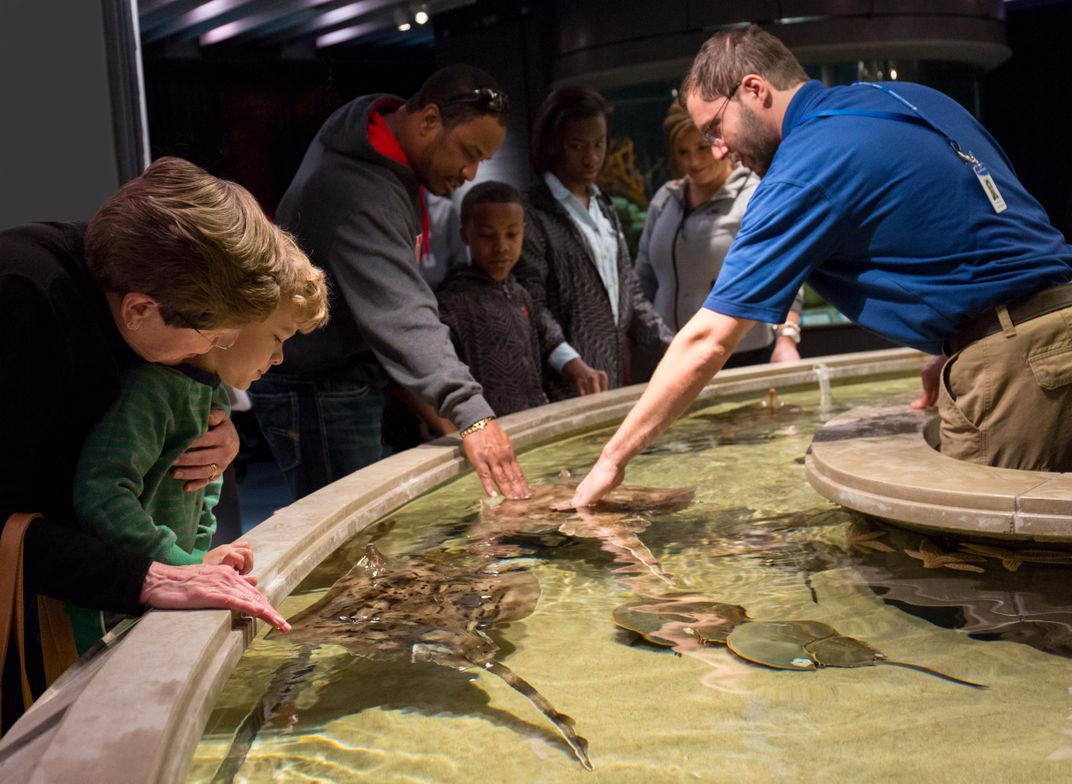

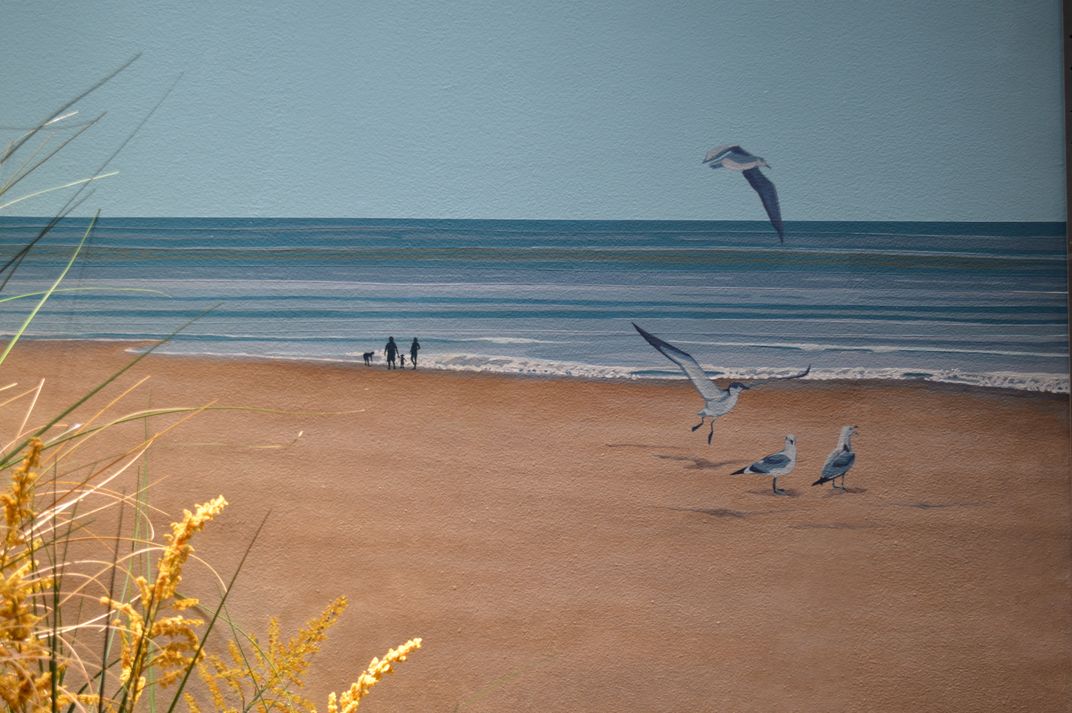
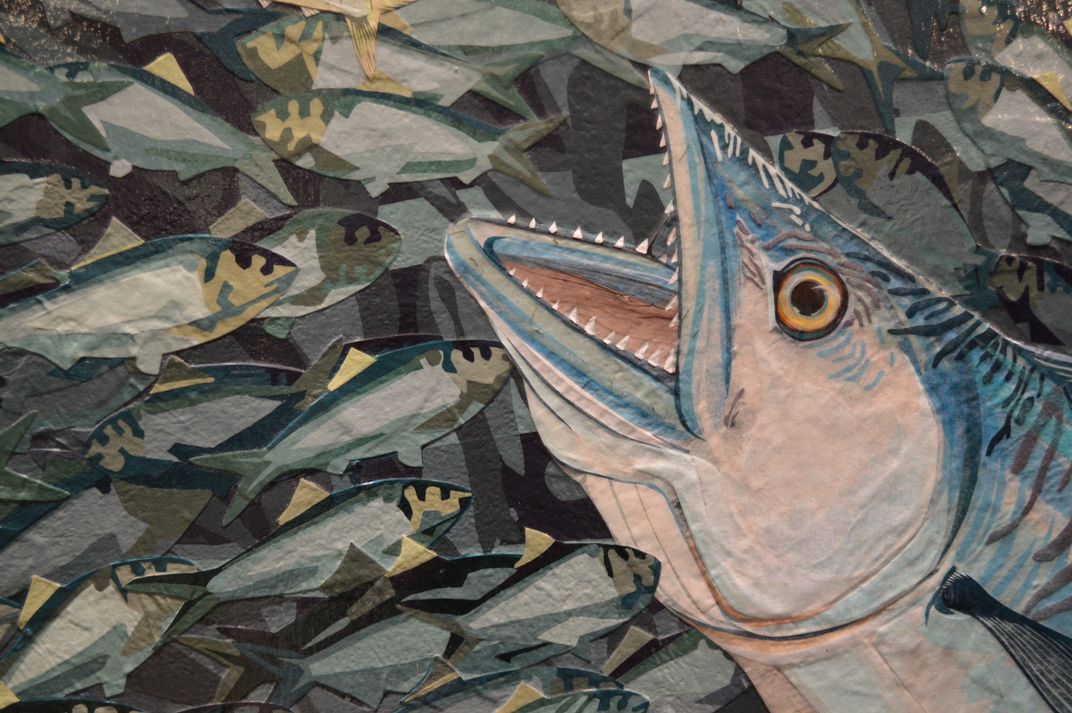
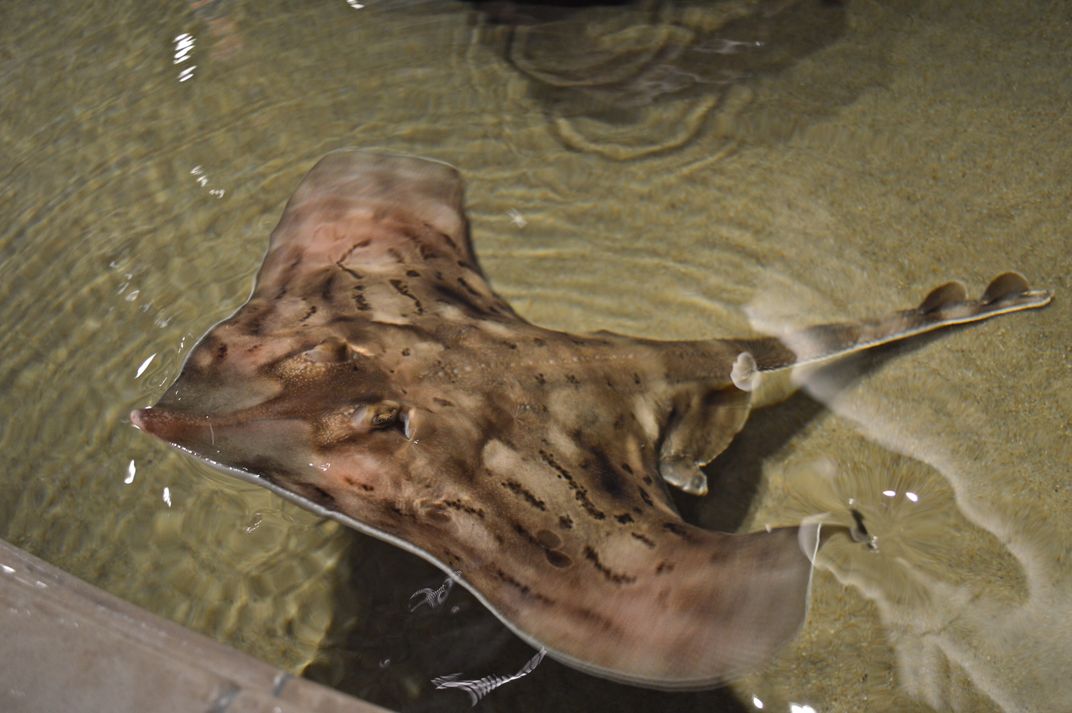
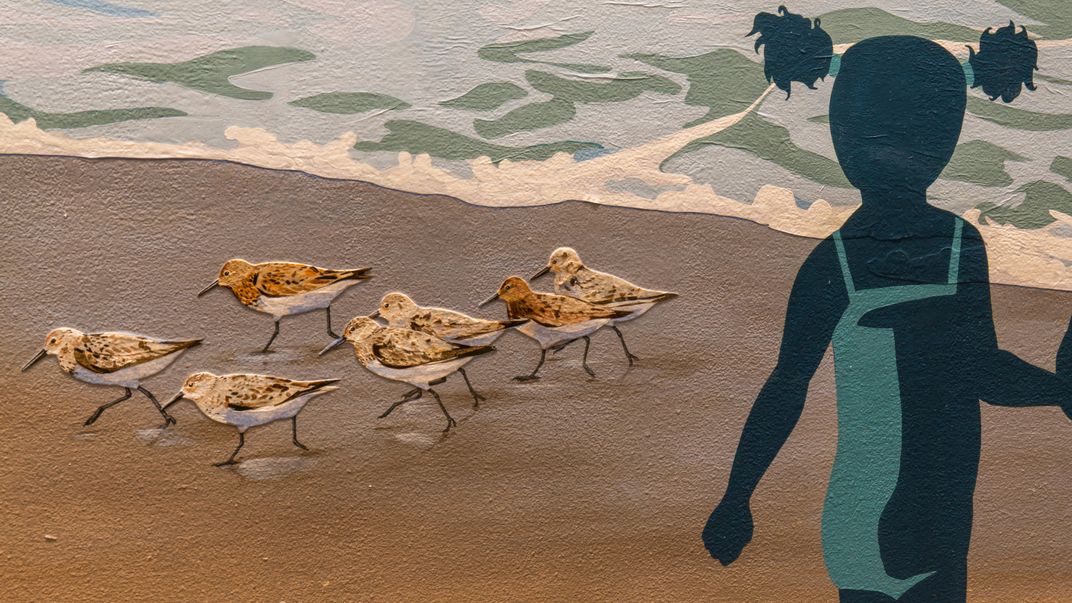
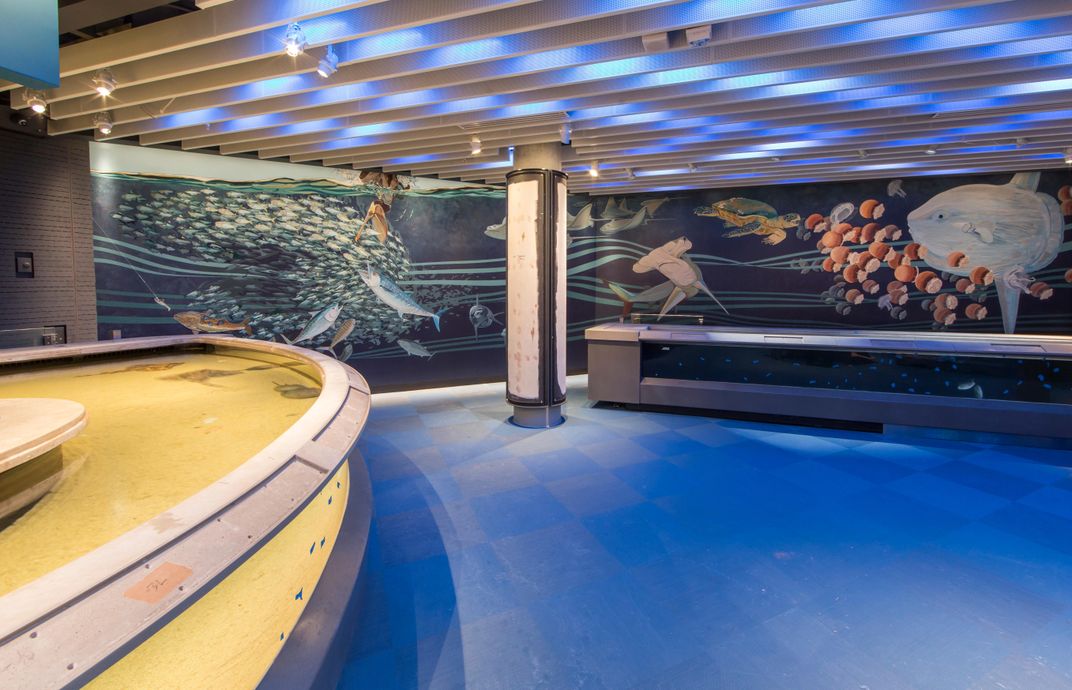
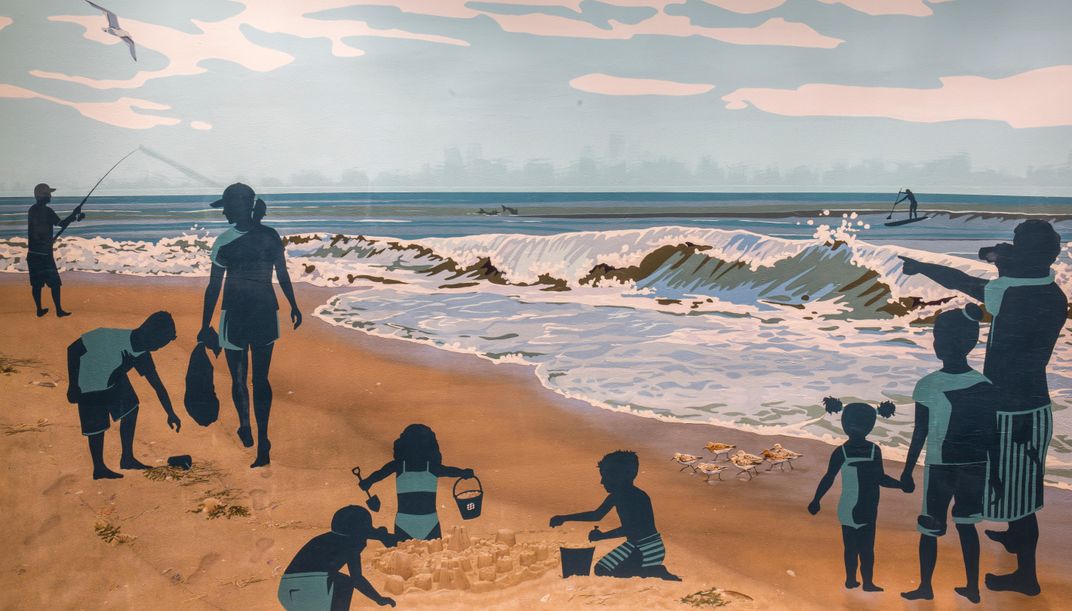
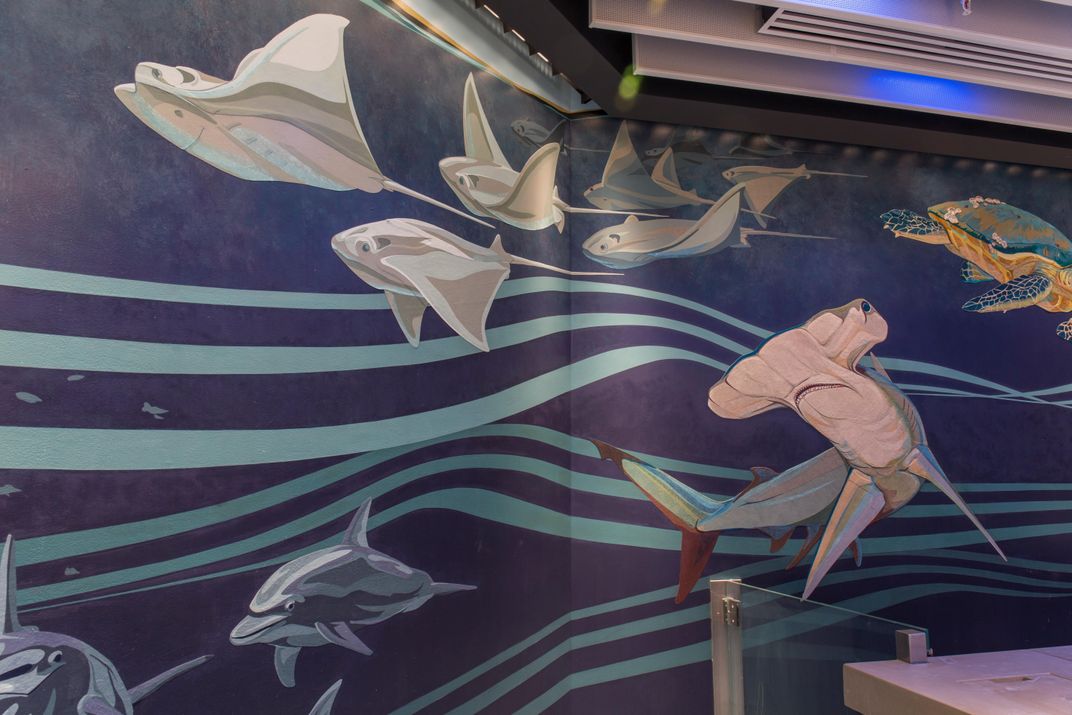
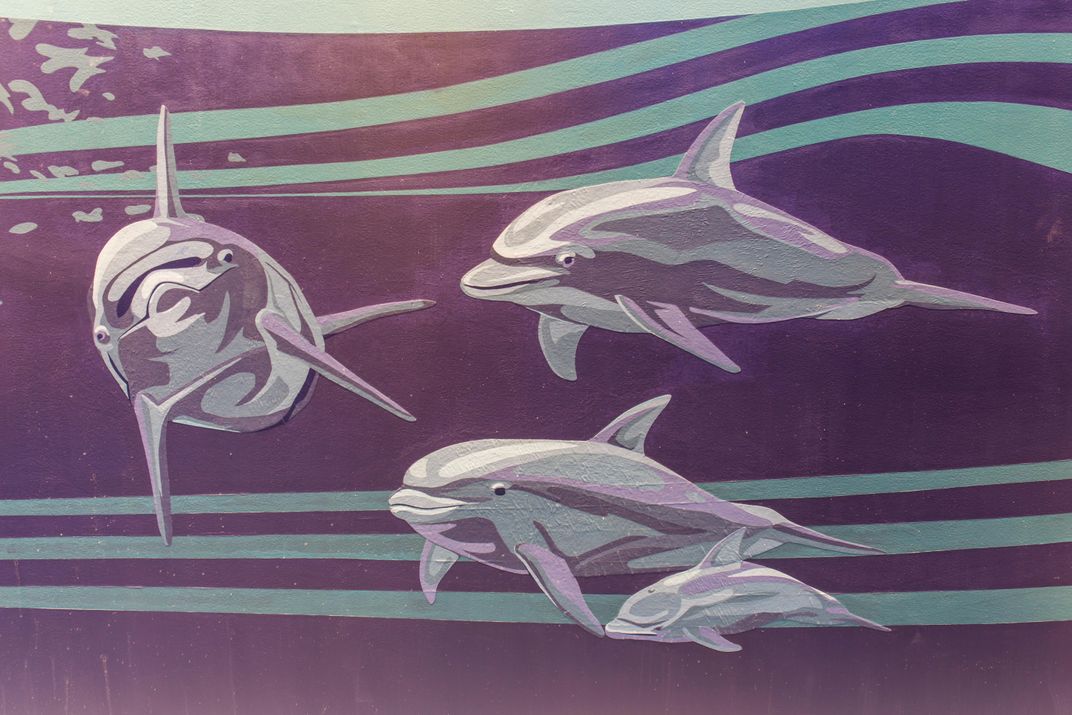
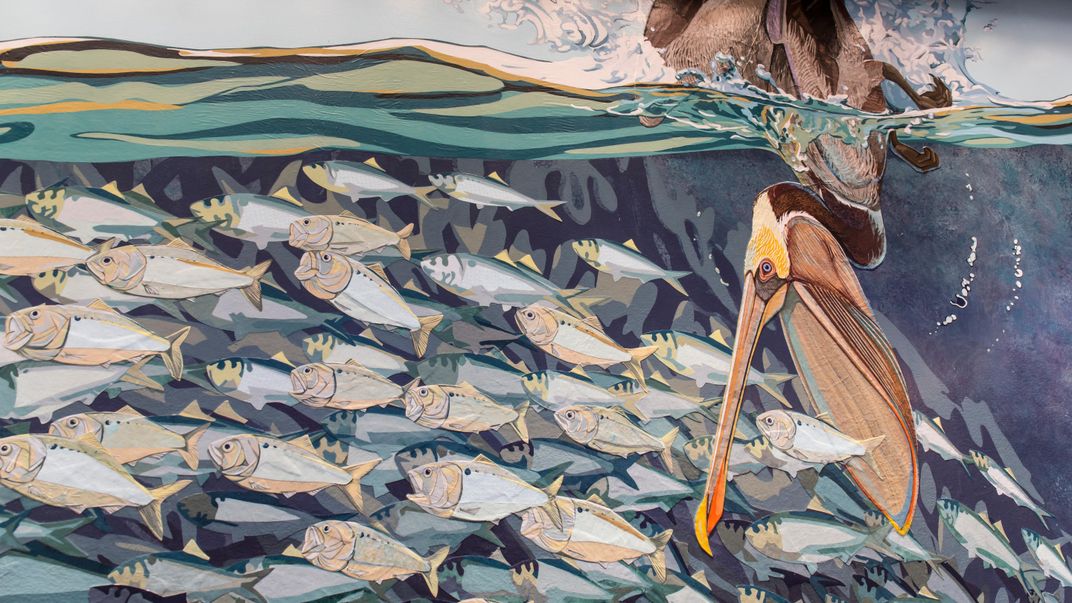
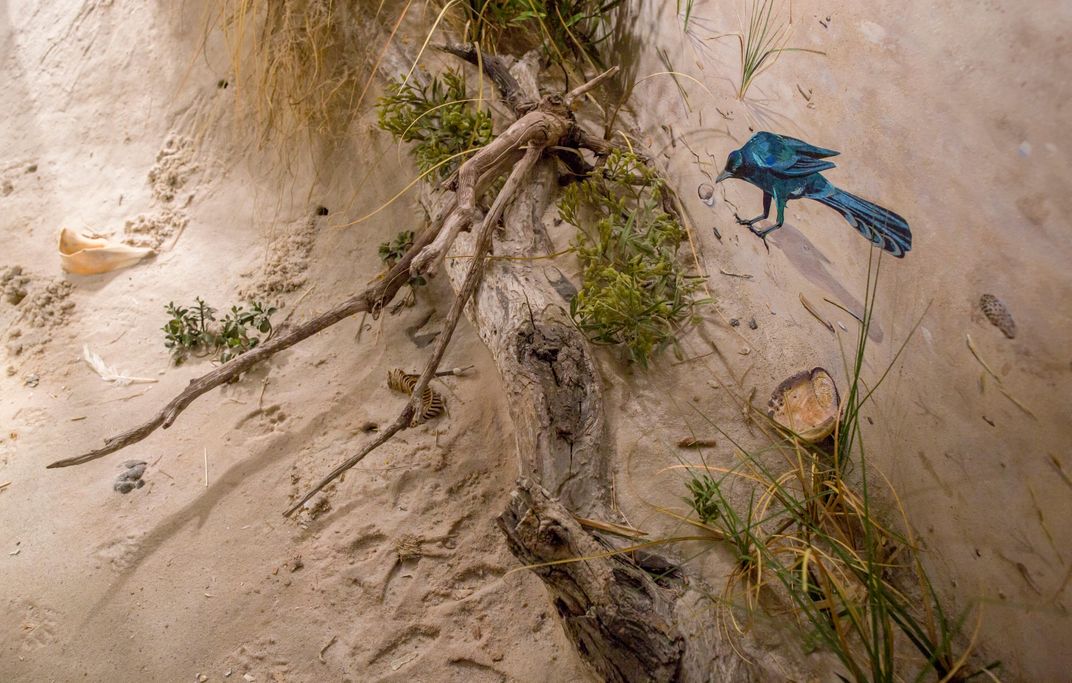
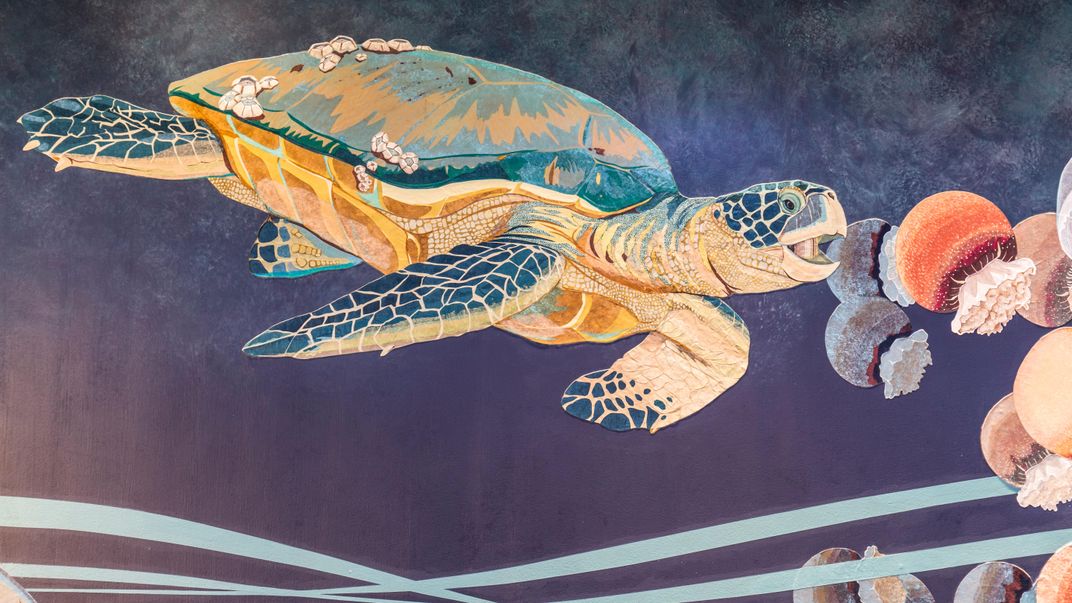


/https://tf-cmsv2-smithsonianmag-media.s3.amazonaws.com/accounts/headshot/profile.jpg)